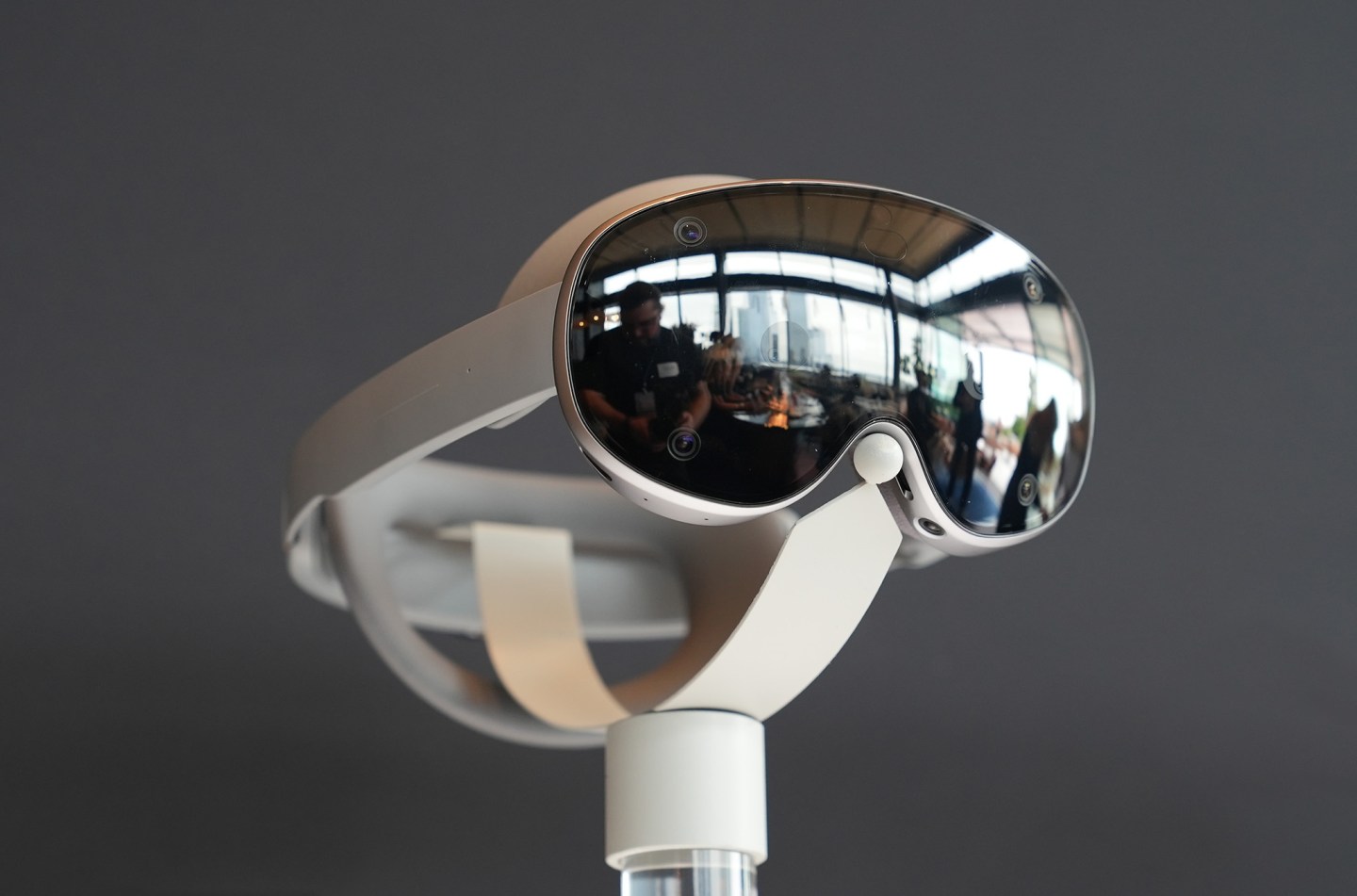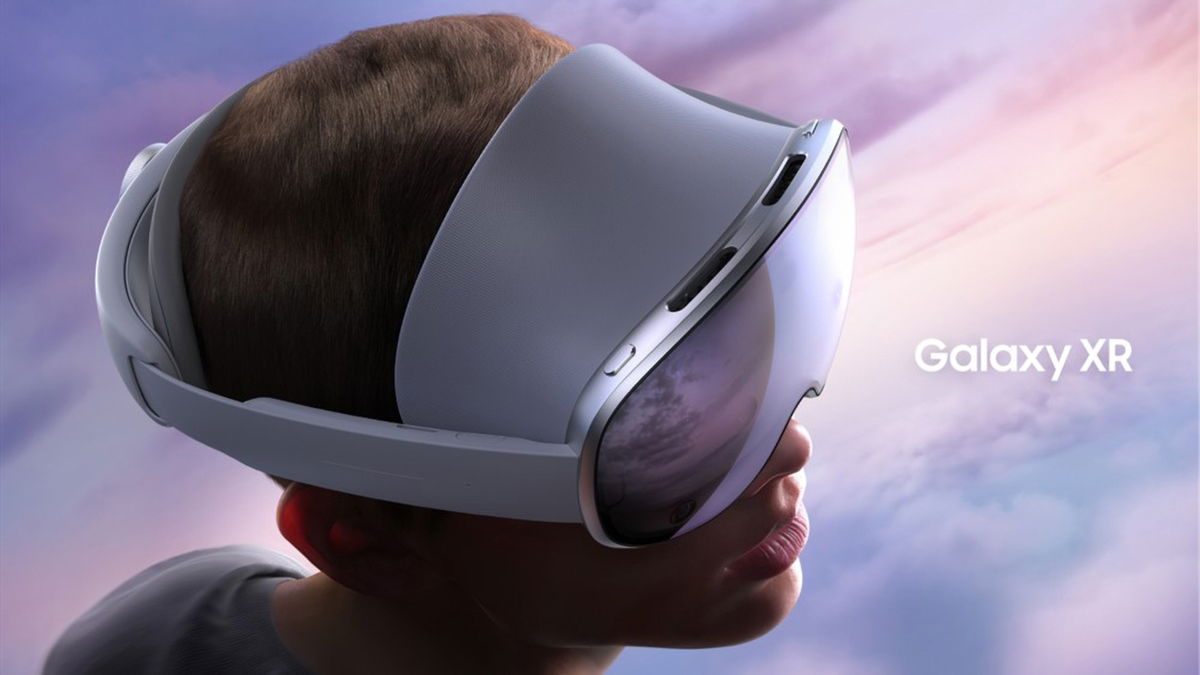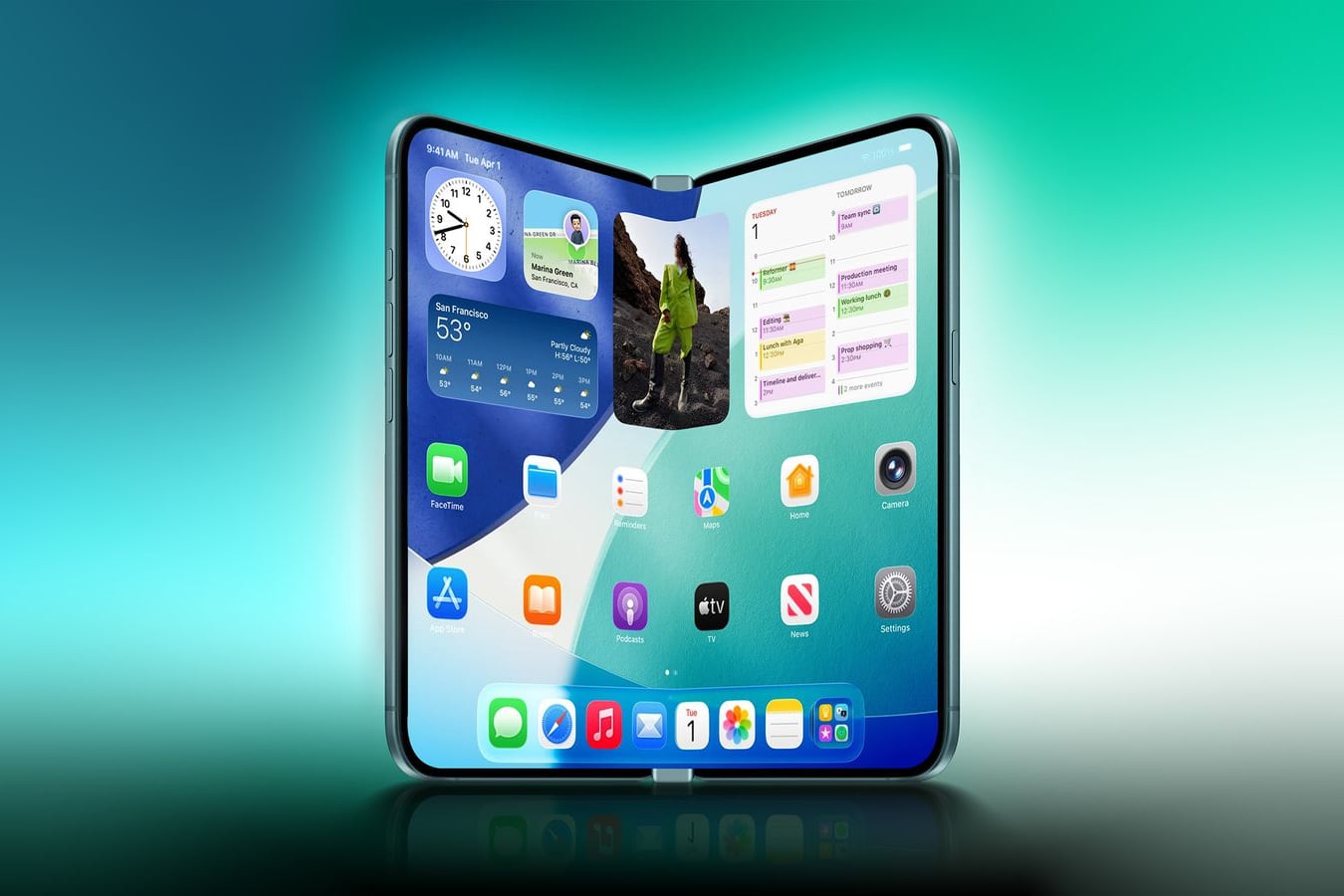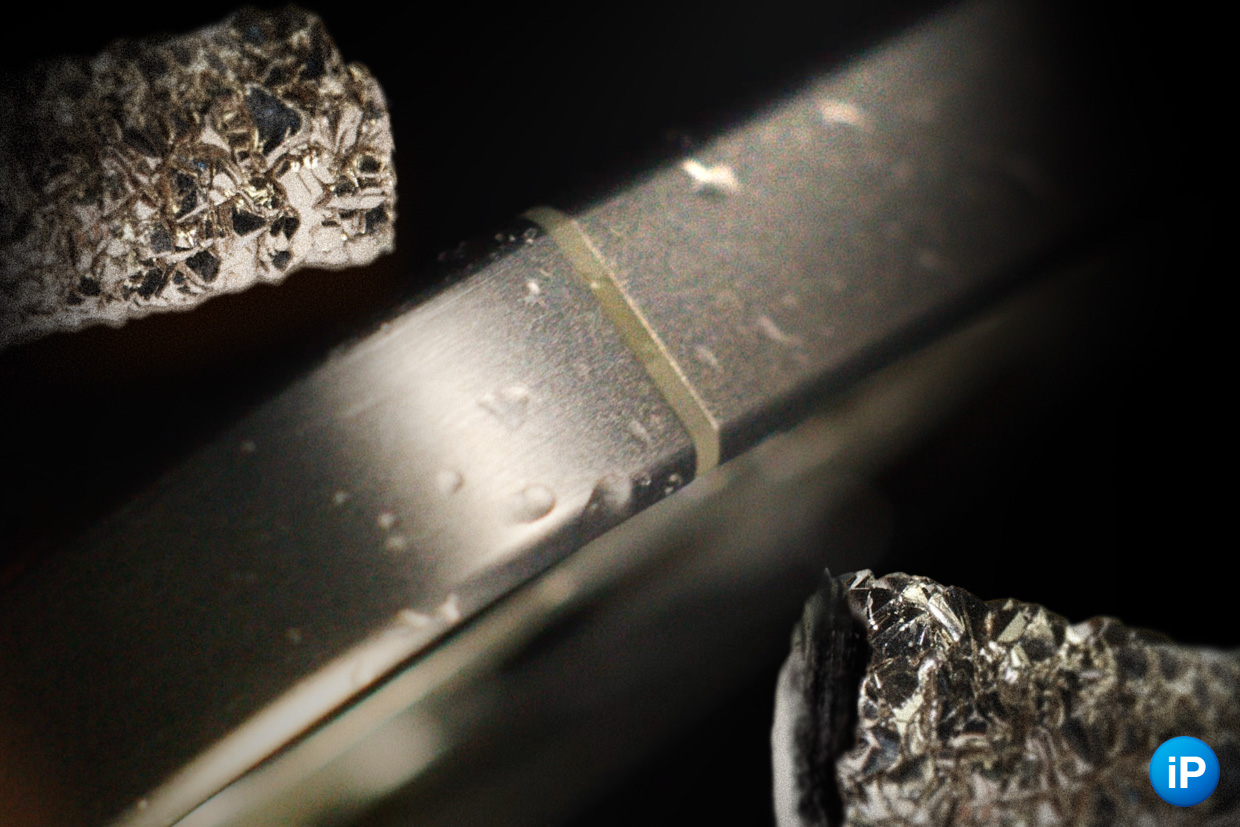Apple’s presentation generously highlighted why it switched to titanium steel instead of steel in the iPhone Pro.
It has “the perfect balance between weight, light and stability.” But what Apple didn’t say was the accompanying economic transition.
For example, the steel company has already been told how difficult it is to make new fasteners.
What about titanium if at the start we see 4 indistinct shiny colors? What is the best way to use titanium? Where is it even made? And what will happen after it?
Let’s figure it out below.
10% titanium production in Russia
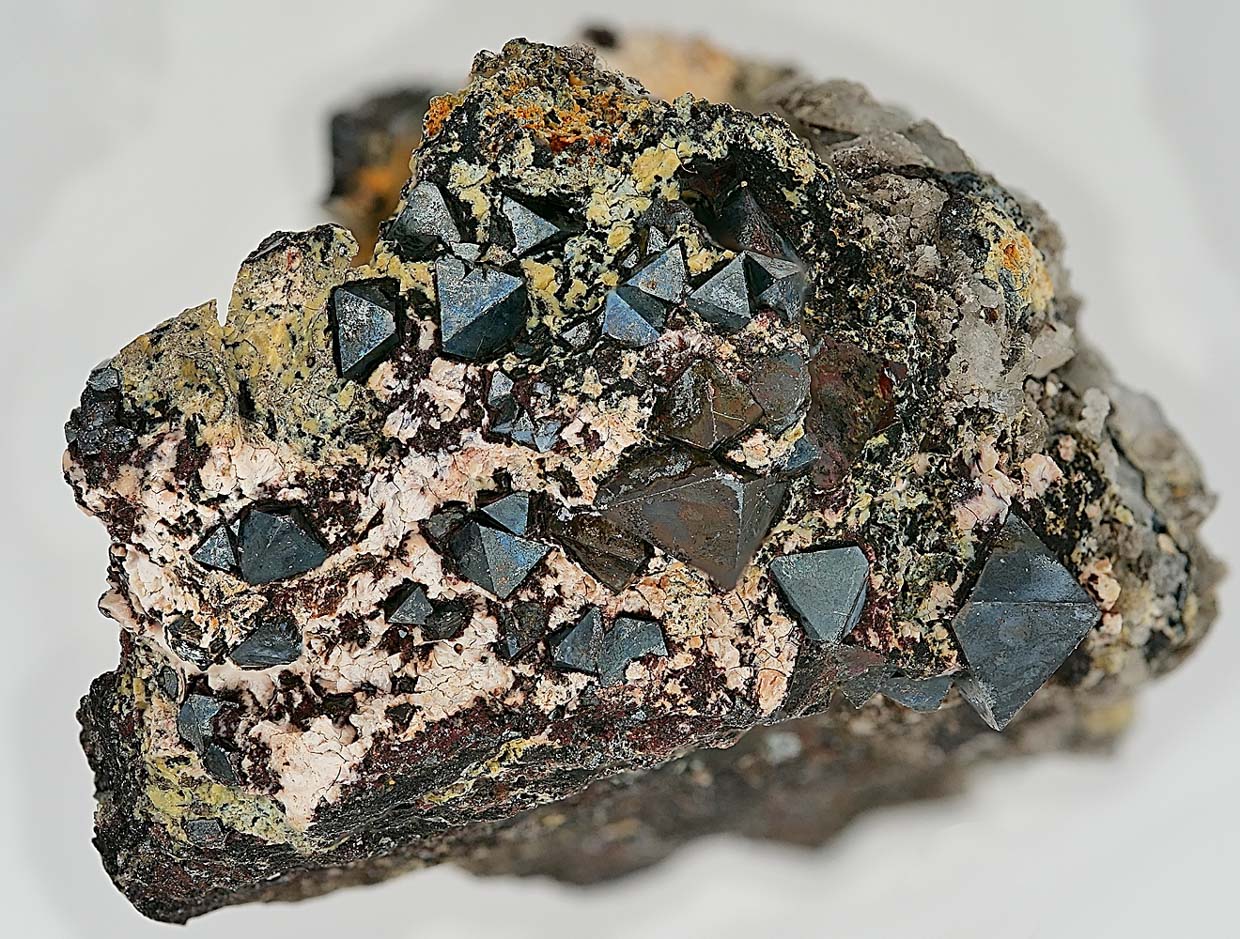
This is natural titanium
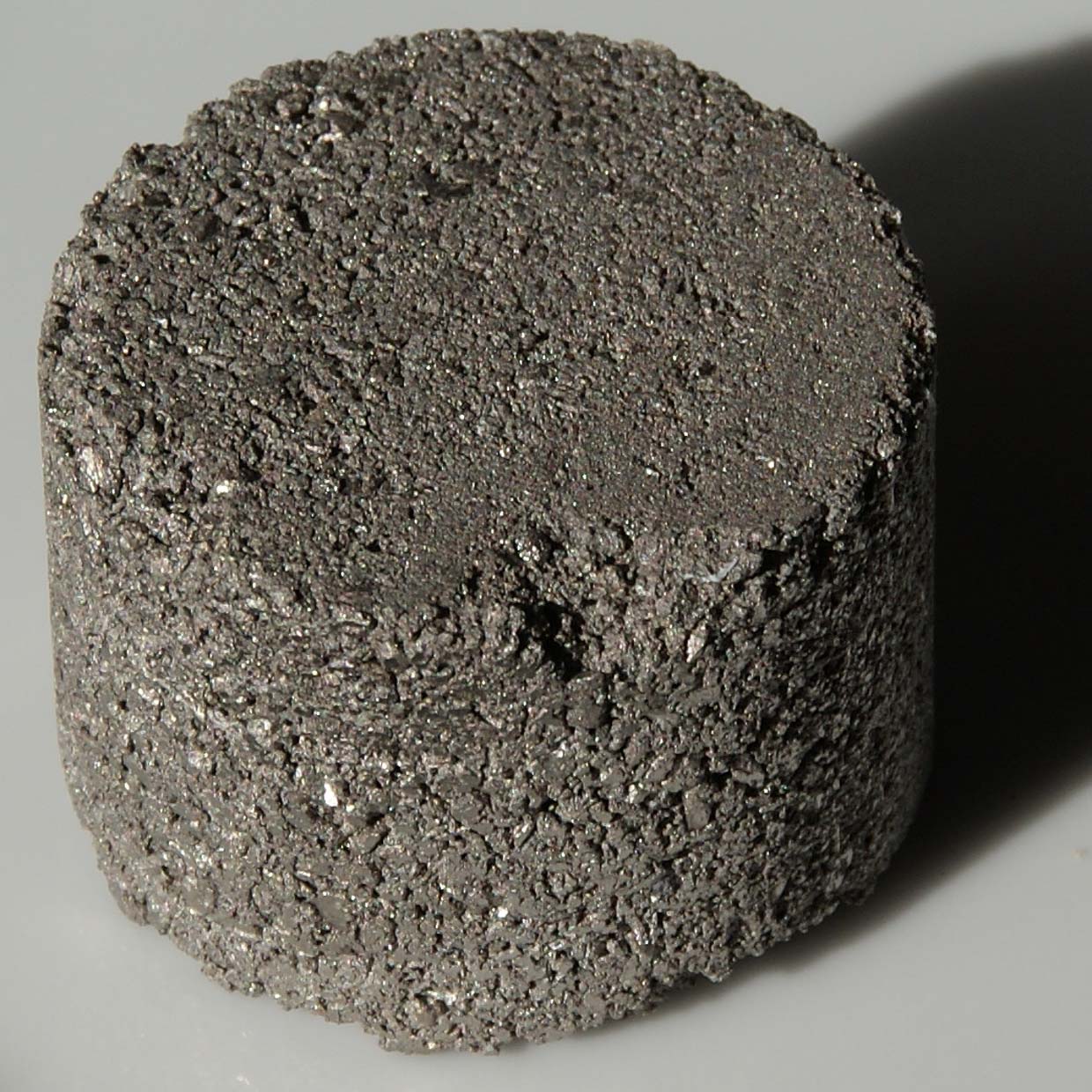
And this is a titanium sponge, from which alloys are then made
In its natural form, titanium looks like huge serious stones.
Next, they are turned into titanium sponge, from which alloys are already formed.
To obtain the Grade 5 alloy used in the iPhone 15 Pro, titanium, aluminum and vanadium are mixed in proportions of 90-6-4.
This mix is needed because titanium, which is used in the iPhone, goes through two stages of processing. At the first stage, he considered aluminum, and at the second, vanadium. After this, the material becomes stronger than any of these three components.
Main titanium suppliers:
For comparison, countries export steel in the following proportions:
Titanium supplies are less diversified and are now recognized by China and Russia. If tensions between them and the US increase, the iPhone may well fall back to steel.
And, if this happens, it is unlikely that Apple will be able to justify a way out of the situation by the need to reduce the cost of production.
The price is almost the same as steel with an iPhone
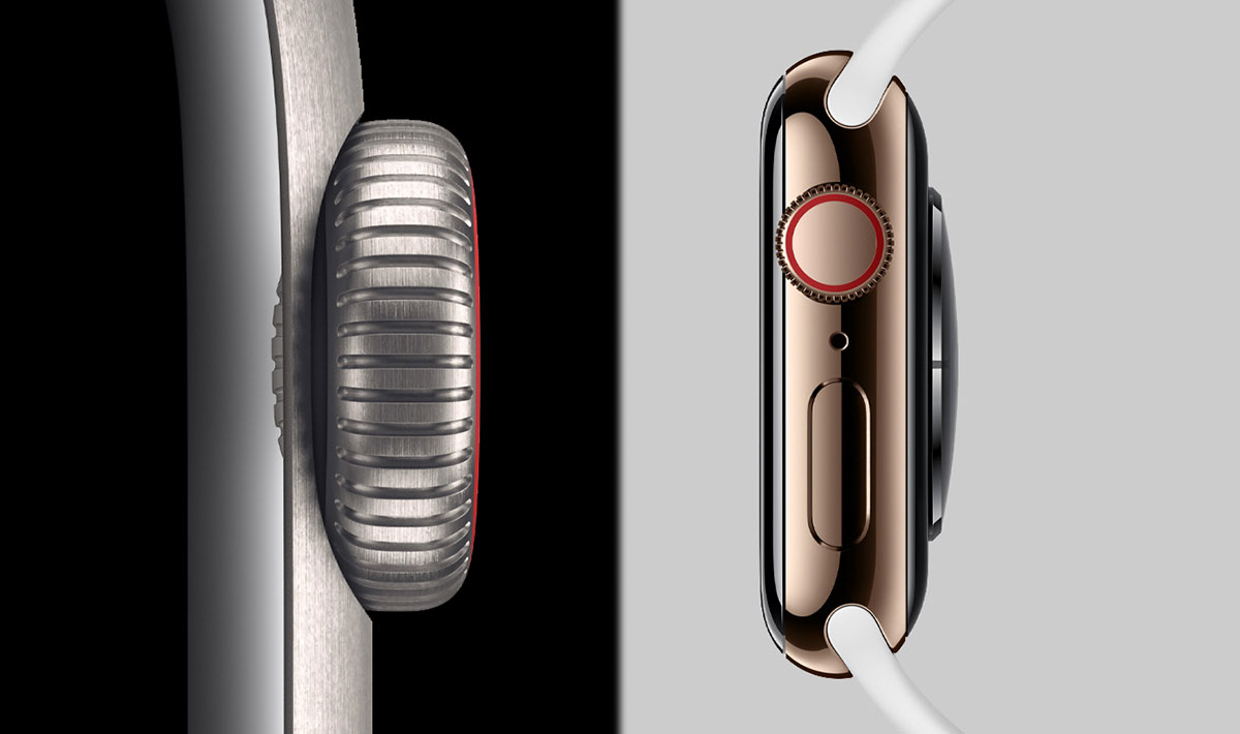
Titanium Apple Watch did not differ in price from steel ones.
iPhone X through 14 Pro models used tough, surgical grade steel. This one, depending on the alloy, costs about $2,000 per ton.
Grade 5 titanium (Grade 5) costs between $1,000 and $3,000 depending on the supplier.
That is, although Apple says that this is the most expensive metal in their smartphones, the replacement seems to be, if at all, only slightly more expensive.
Therefore, there is no point in raising a panic that Apple will raise prices because of new unsolicited material.
How much lighter has the iPhone become?
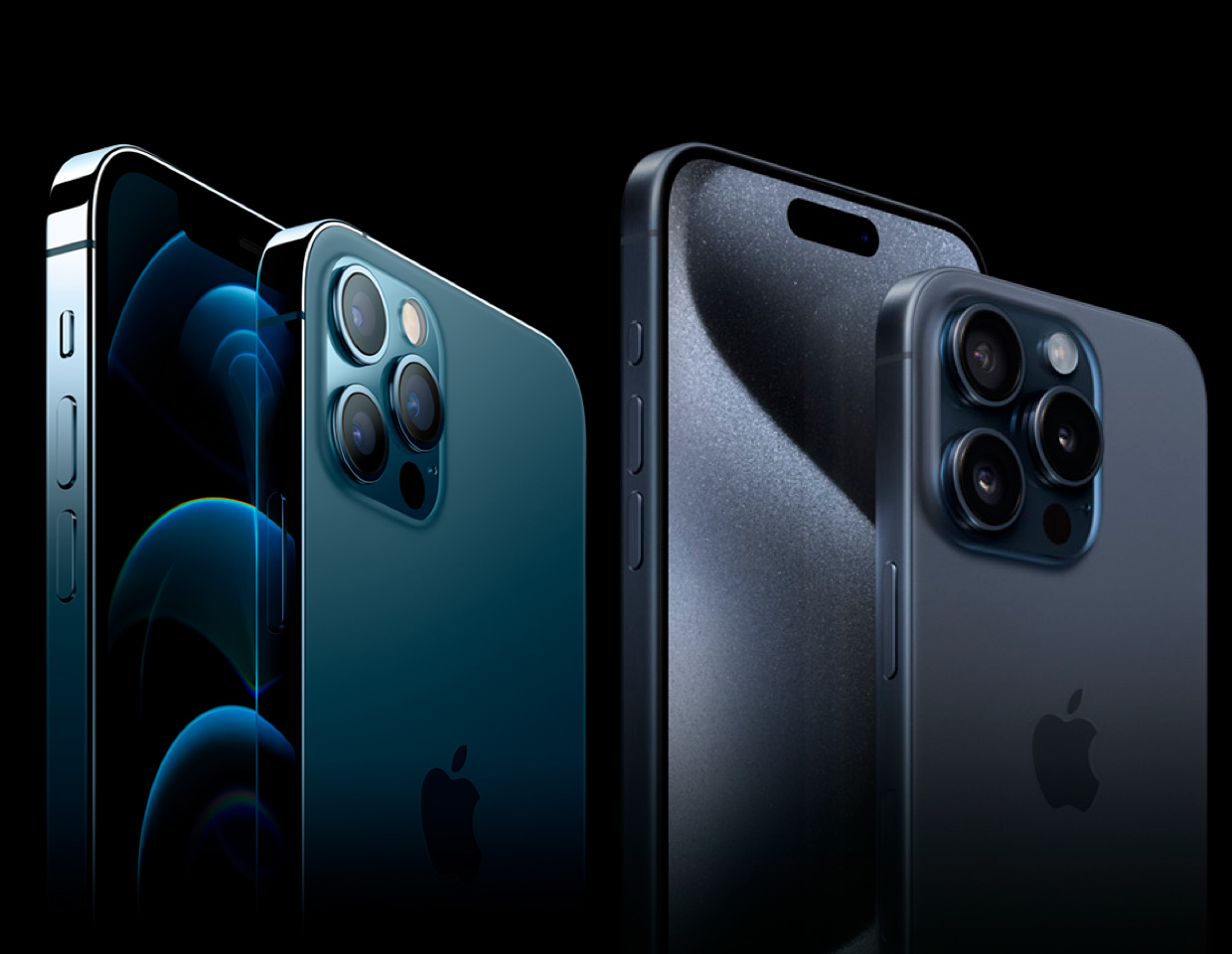
If we take models with 6.1 and 6.7 inch screens, the trend is as follows:
iPhone 12 Pro: 189 grams
iPhone 13 Pro: 204 grams
iPhone 14 Pro: 206 grams
iPhone 15 pro: 187 grams
iPhone 12 Pro Max: 228 grams
iPhone 13 Pro Max: 240 grams
iPhone 14 Pro Max: 240 grams
iPhone 15 Pro Max: 221 grams
On paper, the difference is small compared to the iPhone 12 lineup, but note the following factors.
The iPhone 15 Pro and iPhone 15 Pro Max are almost a millimeter thicker (7.4 versus 8.25), the batteries are 15% larger: 2815 mAh versus 3274 mAh in the Pro and 3687 mAh versus 4422 mAh in the Pro Max.
If smartphones became thinner, they would weigh significantly less.
The color range is scarce. But there will be gold
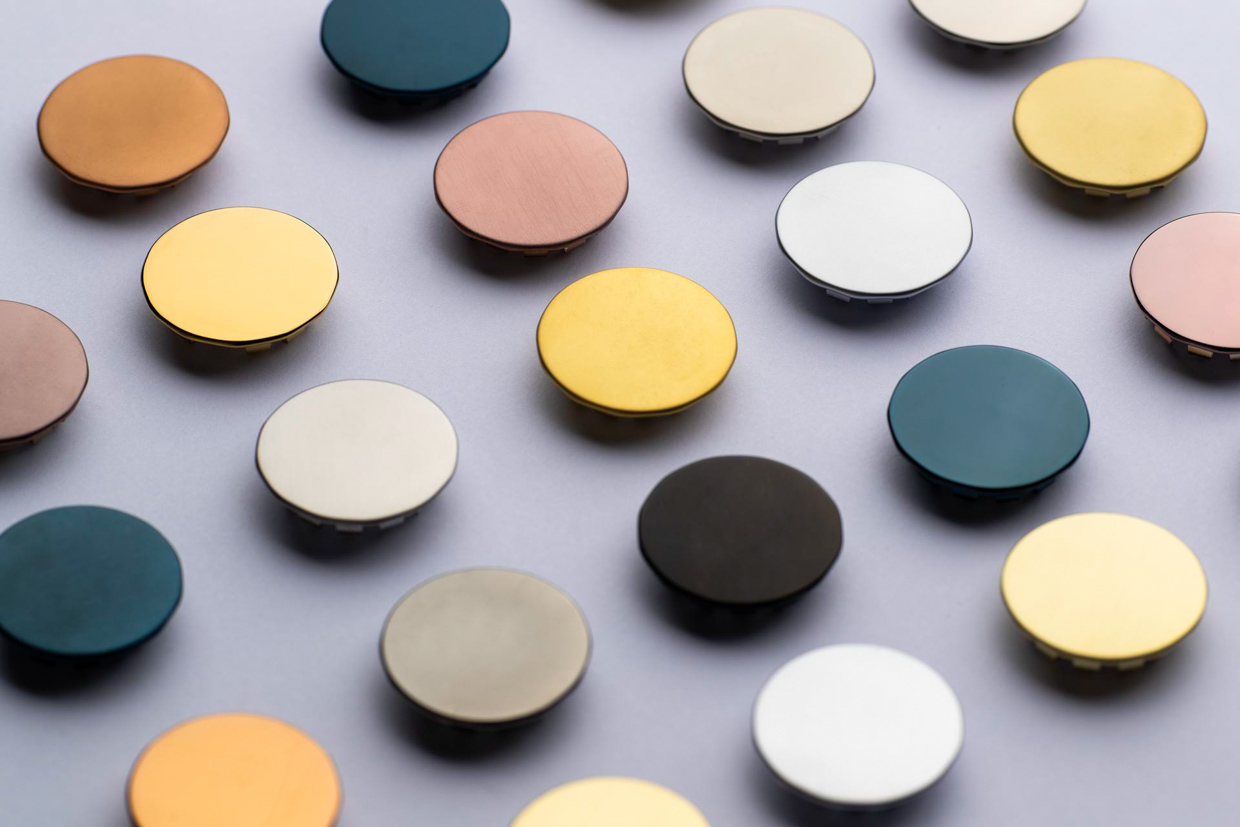
These are the colors obtained when using titanium PVD coating, as in the iPhone 15 Pro.
Well, Apple’s presentation directly said that for external processing of titanium, the company does not use metal anodization (electrochemical processing), but PVD coating (vacuum deposition).
For PVD coatings, the future appearance of the metal is reduced to dust under a vacuum, and then at a temperature of 400 to 600 degrees, atom by atom is applied to the prepared polished titanium.
In this example, this means that color will be taken into account when painting metals.
For example, gold will come true, and it will 100% be in one of the following iPhone features.
To do this, the company can easily use nitrogen to form titanium nitride during spraying; this is a well-known process.
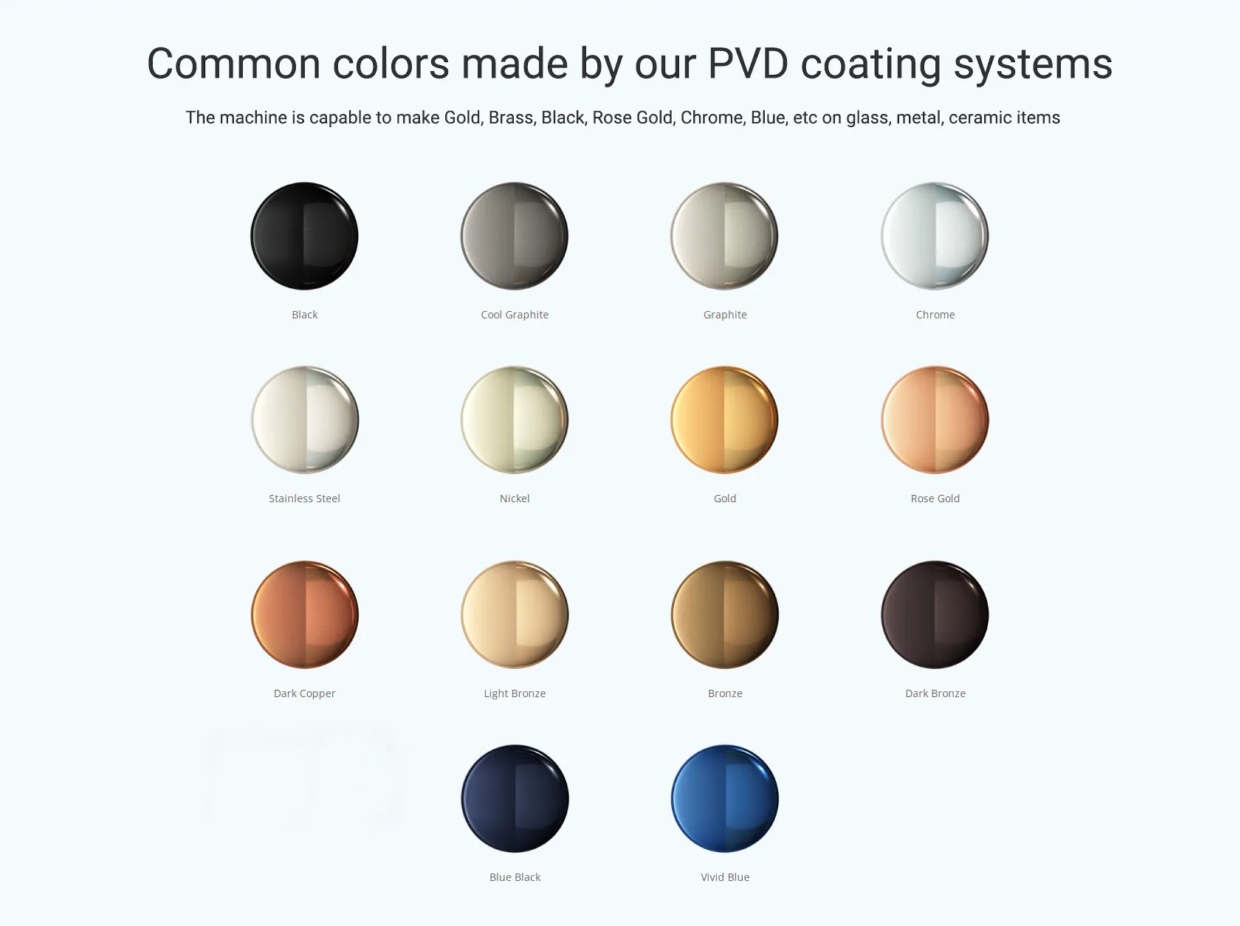
Companies provide such titanium coloring services using the same method as Apple. But the company is developing its own technologies, so there may be surprises. Istoshik
Moreover, it is not surprising that the first titanium to be painted was blue. This is a popular color in PVD coating.
As for other concepts, there are questions. Apple itself is developing many formulas for painting metals, and may already have something in stock.
Of those available on the market right now, with different variations of grey, bronze, blue and gold, every other resource requires new technologies.
For the same reason, it’s not surprising that the red titanium iPhone wouldn’t boot. Apple is releasing it as a seasonal spring product (after all, the iPhone 15 also does not have yellow options among the basic ones for the first time in 7 years), only if it quickly achieves technological progress in titanium coloring.
Will be just as fragile and resilient when dropped
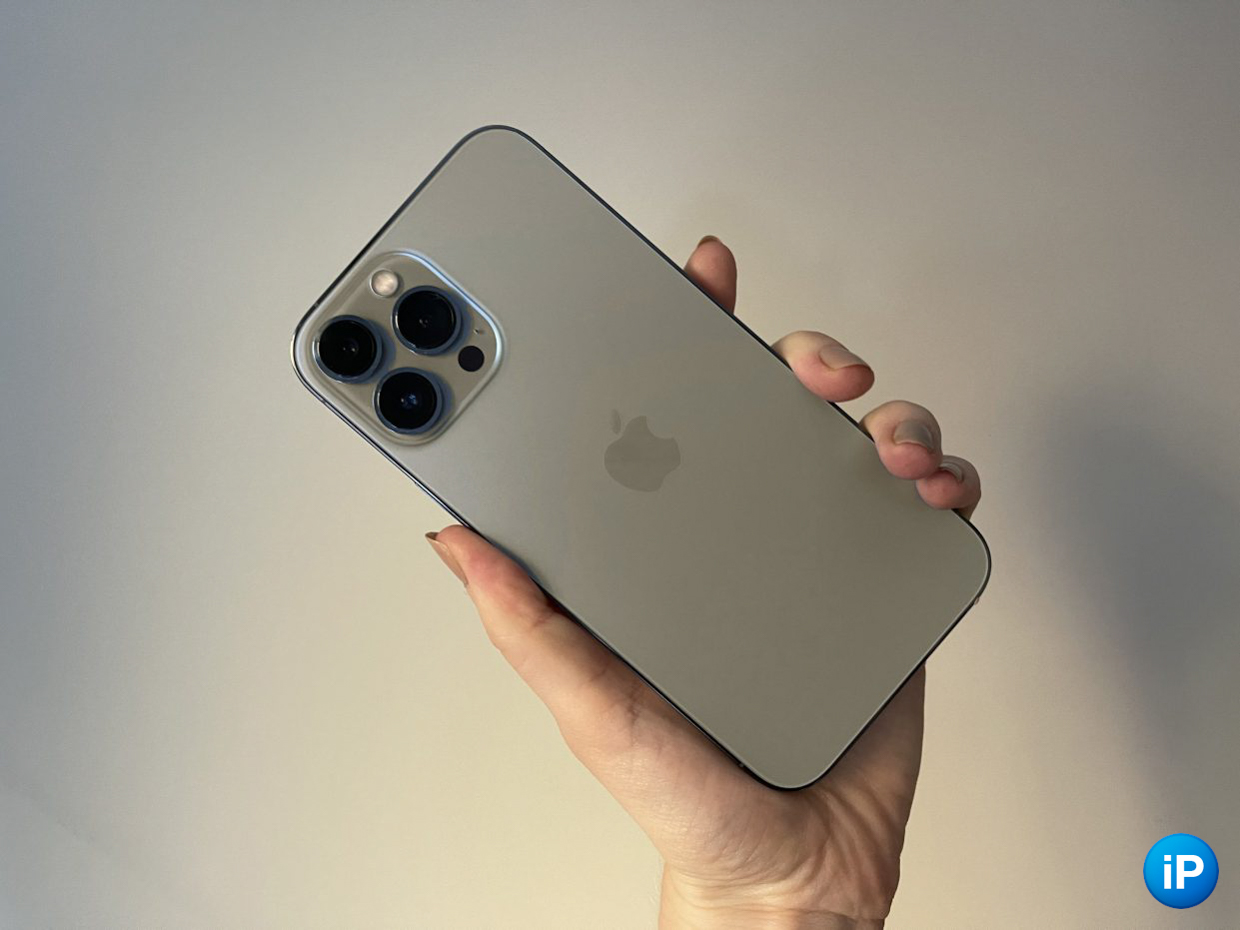
Blue iPhone 13 Pro Max. Apple has been flirting with gray for a long time
If you’ve ever made a deep dent on your color iPhone Pro, you’ll see that there’s actually only a small layer of paint there.
In the iPhone 15 Pro it is most likely even thinner.
For “wear”, the atomic layer of color will be stable, it is literally part of the metal and will not be erased on its own. But titanium is as pothole-resistant as steel, so any drop onto tiles, asphalt or rock-filled ground will reveal its natural creamy hue.
So you shouldn’t rely too much on his “new” strong qualities. Yes, titanium will not bend if you accidentally sit on it, but the most fragile element remains the glass of a smartphone.
What comes after Titan?
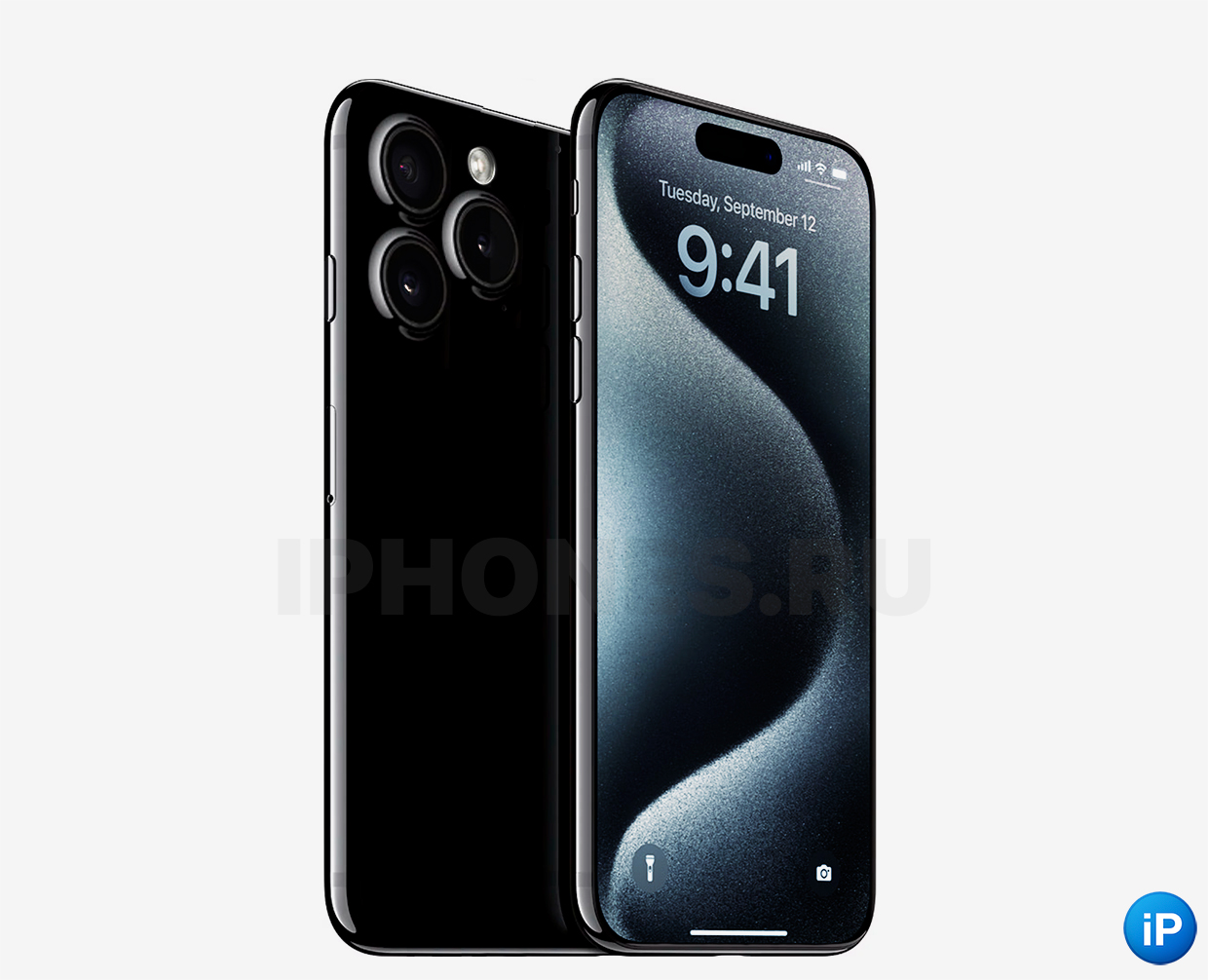
There is one idea. Even two
Tungsten is better and stronger than titanium. It is more resistant to scratches, the coating on it holds better, but it is heavier.
I don’t know whether Apple will use it, most likely even there. Jony Ive warrior creates a block of glass, so perhaps this shell will be something new and reliable.
So far, Apple’s decision to replace steel with titanium so quickly looks suspicious.
Yes, steel has been in premium versions for 6 years now, and this is the longest period of use of the same metal in a top model for Apple, but titanium looks like the ultimate solution, after which we will have to go back in terms of lightness and reputation. Either he knows something in the company, or he took a desperate step for the sake of sales.
Another option: we are waiting for a rollback to aluminum.
Apple didn’t say for nothing that the current iPhone 15 Pro is the lightest Pro.Bye“
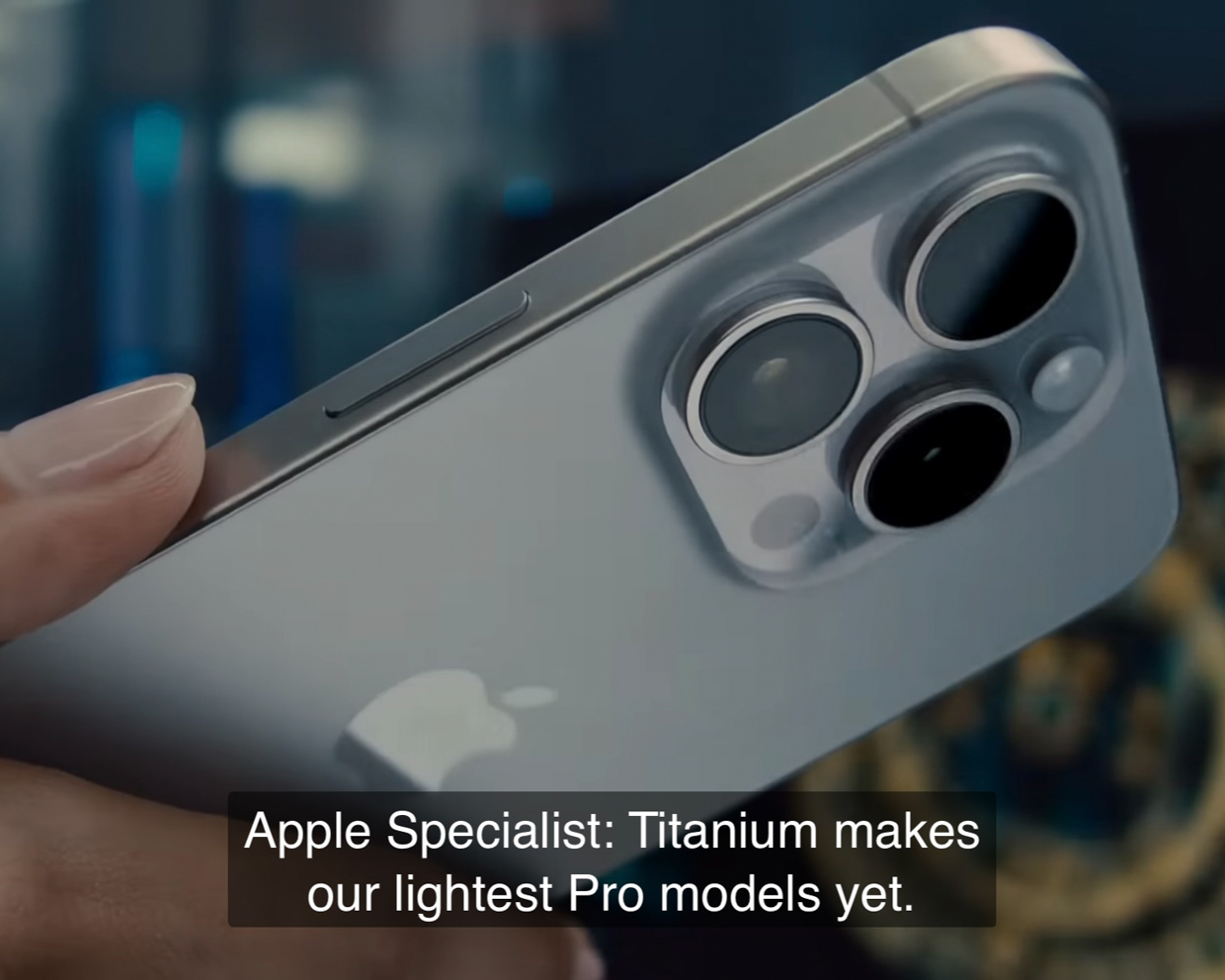
Apple likes to use the word “yet” when referring to its most powerful processors. But this is the first time that this has been said about sizes.
If the company invents a more durable glossy coating than was found in the classic and unique iPhone 7 in “black onyx” color, it will be a breakthrough, and people will spit on the name of the metal.
But for now, we can only wait for innovations in painting methods. The beloved gold one will return, but red, purple and green models await us, the question is open.
Ultimately, PVD coating severely limited Apple’s financial performance.
But, knowing the foresight of Tim Cook, there is hope.
Source: Iphones RU
I am a professional journalist and content creator with extensive experience writing for news websites. I currently work as an author at Gadget Onus, where I specialize in covering hot news topics. My written pieces have been published on some of the biggest media outlets around the world, including The Guardian and BBC News.

